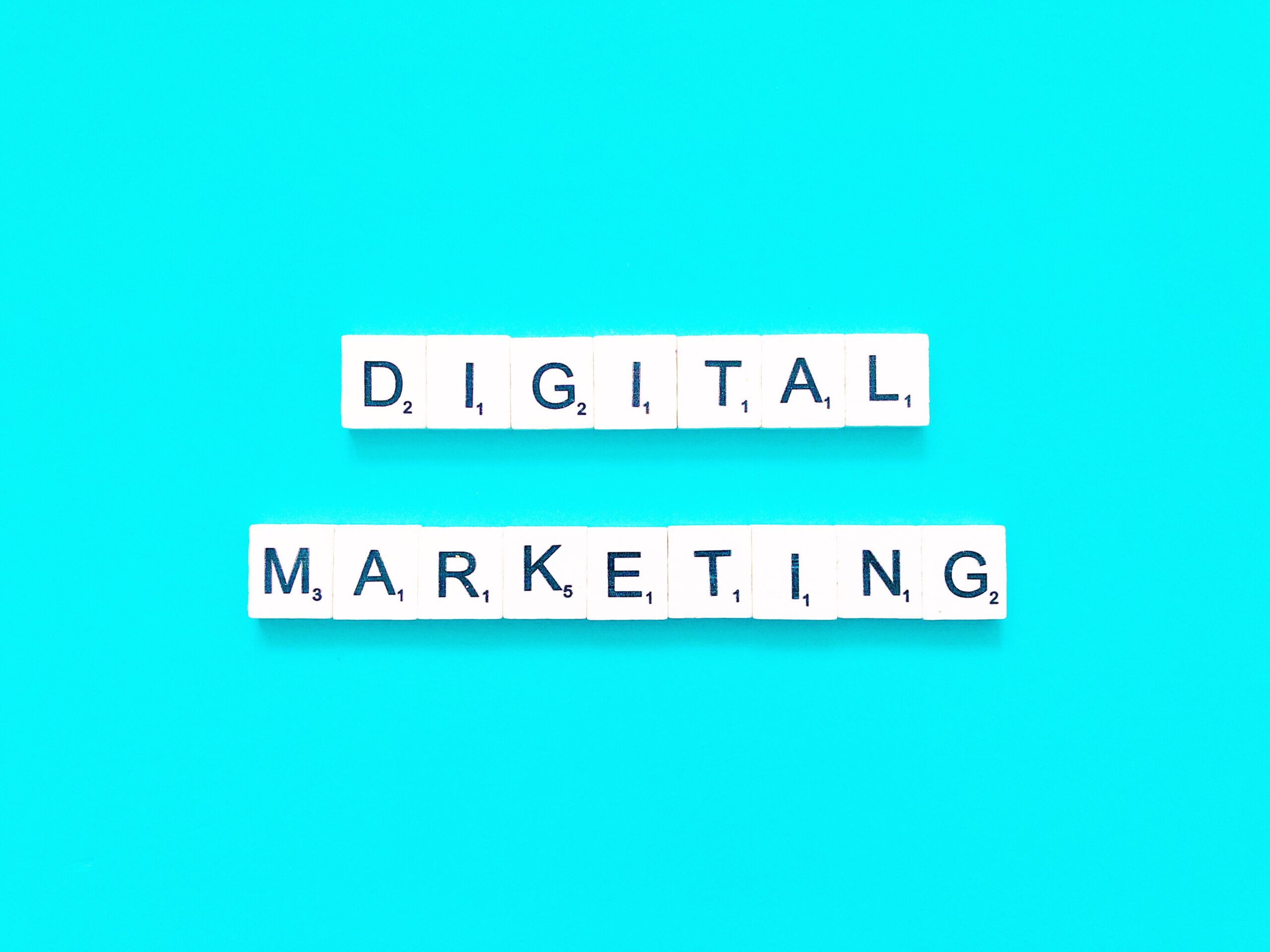Note: This is a three-part series where I explore how video marketing and video production have changed in a Post-COVID World.
In March of 2020, the entire world changed as businesses shut down due to the COVID-19 Pandemic. Almost everyone had to work directly from home and do all their business from the comfort of their own couch. People became masters of Zoom meetings, they learned how to work together but from a distance, and they quickly figured out the pros and cons of having to work from a home office.
Small businesses and corporations also had to adjust how they operated as a whole. Face-to-face meetings no longer existed, supervision had to happen from a distance and the way they marketed and made sales drastically changed. If people were no longer coming into your store or small business, how did customers know what products you were carrying? If you were a corporation rolling out new software or a platform, how could the word get out about it? Thankfully, we had the internet and with the popularity of social media, the internet and digital marketing – especially video marketing – is what kept people connected.
When the pandemic started, personally, video work basically stopped. I remember when everything first shut down, quite a few projects were put on a “temporary hold” as everyone tried to figure out how to navigate life in the pandemic. Some of these projects are still on hold or ended up not happening – which was a bummer for me because I was excited about most of them.
Fast forward to July 2020 or so and all of the sudden everyone needed a video. It was a blessing because work had been so slow. Businesses, corporations, and non-profits said, ‘If I can’t bring people to me, I’m going to have to go to them’ and the best avenue to do that was through video.
Video, without a doubt, is the best way to get a consistent and clear message out to a mass number of people and everyone had a message to get out.
No matter the message it seemed as if everyone had something to say. Whether it was “We are opening back up!”, “We’re still here and look what we’ve done!”, or even simple messages thanking the frontline workers at the hospital, businesses were forced to communicate but from a distance.
And, it worked.
If the people can’t come to you then you go to where the people are and the people were online.
If the people can’t come to you then you need to go where the people are, and during the pandemic that was online.
According to this Wall Street Journal article from August of 2020, people spent way more time online during the pandemic than before the pandemic.
”A whopping 16:06 hours a day are now being spent with digital media by the average U.S. adult, up from an already unfathomable 12:24 hours a day pre-pandemic. Just to be clear, these hours include overlapping activity: If people are working while streaming a movie for two hours, that adds up to four hours of activity.
Most of that time online is spent on Social Media. In fact, in 2021 there are over 3 billion people on Facebook’s family of apps (including Facebook, Instagram, WhatsApp, etc.). Of those 3 billion people, there are about 1.8 billion active users a day that uses Facebook for at least 20 minutes or more.
If you know where the people are – in this case, social media – then you should be there as well. And that’s exactly what businesses were doing during the pandemic and have continued to do since. Facebook has over 200 million small businesses using their small business tools and Facebook Business Pages across the world.
And it’s not just Facebook but it’s also Instagram. There are now over 25 million business profiles on Instagram sharing photos, videos, products and reaching their audience.
There are now over 200 million small businesses using Facebook across the world. Instagram has over 25 million business profiles.
Businesses aren’t just using Facebook and Instagram – they’re advertising there as well.
Businesses have been spending their money on Facebook Ads more and more since the pandemic. In fact, Facebook’s ad revenue in Q4 of 2020 alone was $27.2 billion dollars which was a year-over-year increase of 31% for that quarter. In fact, Facebook expected their revenue to be down at the start of the pandemic, but 2020 was a great year for the social media platform as they saw their ad revenue total of $84.2 billion dollars which was an increase from 2019.
Many of these ads were videos and it’s because video adds a personal touch that establishes a connection. My good friend and Facebook Ad guru David Cotrone says video ads on Facebook work like this:
”(Video ads) work because they establish more of a connection than simply a picture of a product. It lets the consumer know that there is a person on the other side of any transaction that you may do. And that connection is valuable - Think of it like this, you're going to be way more hesitant to give your credit card information to someone that you have never met versus someone that you have met. Video ads on Facebook create that connection and it's building a level of trust and the more consistently you show up in their feed, the more they will feel connected to you and trust you.
David CotroneVineStrat.com
Videos, especially on social media platforms like Facebook and Instagram, develop a connection between the consumer and your brand, business, or yourself. And you’ve probably seen this in your own life where you may follow someone on a platform that you have never met in real life, but because they post videos so frequently and share updates about themselves, you feel like you know them or at least give more and more credibility to what they say.
The same rule applies to your Facebook business – get in front of people with videos to build brand awareness and establish trust. And with Facebook’s advertising and business tools, you can select a highly targeted market that you think will be likely to buy from you.

